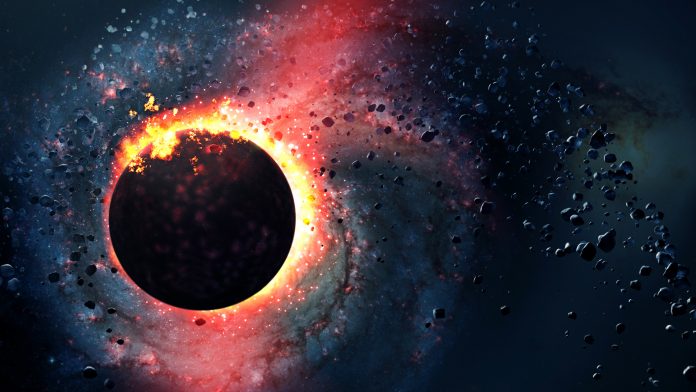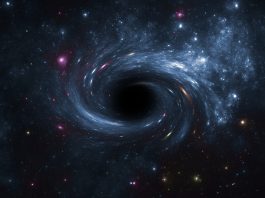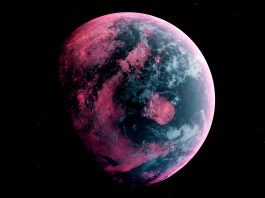Scientists at UC Riverside have suggested that astrobiologists should consider the presence of laughing gas when searching for life in space.
Chemical compounds in other planets and stars, known as biosignatures, typically include gases found in Earth’s atmosphere.
“There’s been a lot of thought put into oxygen and methane as biosignatures. Fewer researchers have seriously considered nitrous oxide, but we think that may be a mistake,” said Eddie Schwieterman, an astrobiologist in UCR’s Department of Earth and Planetary Sciences.
The findings, along with new models, were published in the Astrophysical Journal.
Detecting the presence of nitrous oxide
In order to determine how the presence of laughing gas could indicate life in space, the researchers looked at how much nitrous oxide (N2O) things on a planet similar to Earth could produce. They produced models simulating this planet around different stars, which showed the amounts of laughing gas that could be detected by an observatory, such as the James Webb Space Telescope.
Schwieterman explained: “In a star system like TRAPPIST-1, the nearest and best system to observe the atmospheres of rocky planets, you could potentially detect nitrous oxide at levels comparable to CO2 or methane.”
Living things can produce nitrous oxide in a number of ways. Microorganisms are constantly transforming other nitrogen compounds in to N2O, a metabolic process that can yield useful cellular energy. This means that the presence of the gas could successfully determine life in space.
Schwieterman stated: “Life generates nitrogen waste products, that are converted by some microorganisms into nitrates. In a fish tank, these nitrates build up, which is why you have to change the water.
“However, under the right conditions in the ocean, certain bacteria can convert those nitrates into N2O. The gas then leaks into the atmosphere.”
Other causes of laughing gas in the atmosphere
Other circumstances lead to the presence of nitrous oxide in the atmosphere. For instance, a small amount can be created by lightning, which the team accounted for in their models. However, lightning also creates nitrogen dioxide, which offers a clue that non-living weather or geological processes created the gas.
Others who have considered nitrous oxide as a biosignature gas often conclude that it would be difficult to detect from so far away. The team explained that this conclusion is based on the gas’ concentration in Earth’s atmosphere. Because there is not a lot present in our atmosphere, which is teeming with life, some believe it would be hard to detect life in space using this method.
“This conclusion doesn’t account for periods in Earth’s history where ocean conditions would have allowed for much greater biological release of N2O. Conditions in those periods might mirror where an exoplanet is today,” Schwieterman said.
Common stars, like K and M dwarfs, produce a light spectrum that is less effective at breaking up nitrous oxide than our Sun is. Combining these two effects could greatly increase the predicted amount of biosignature gas on an inhabited world.
Due to their discoveries, the research team believe that scientists should consider alternative biosignature gases, such as N2O to detect life in space. Soon, the James Webb Telescope may be sending information about the atmospheres of rocky, Earth-like planets in the TRAPPIST-1 system.
“We wanted to put this idea forward to show it’s not out of the question we’d find this biosignature gas, if we look for it,” Schwieterman concluded.









